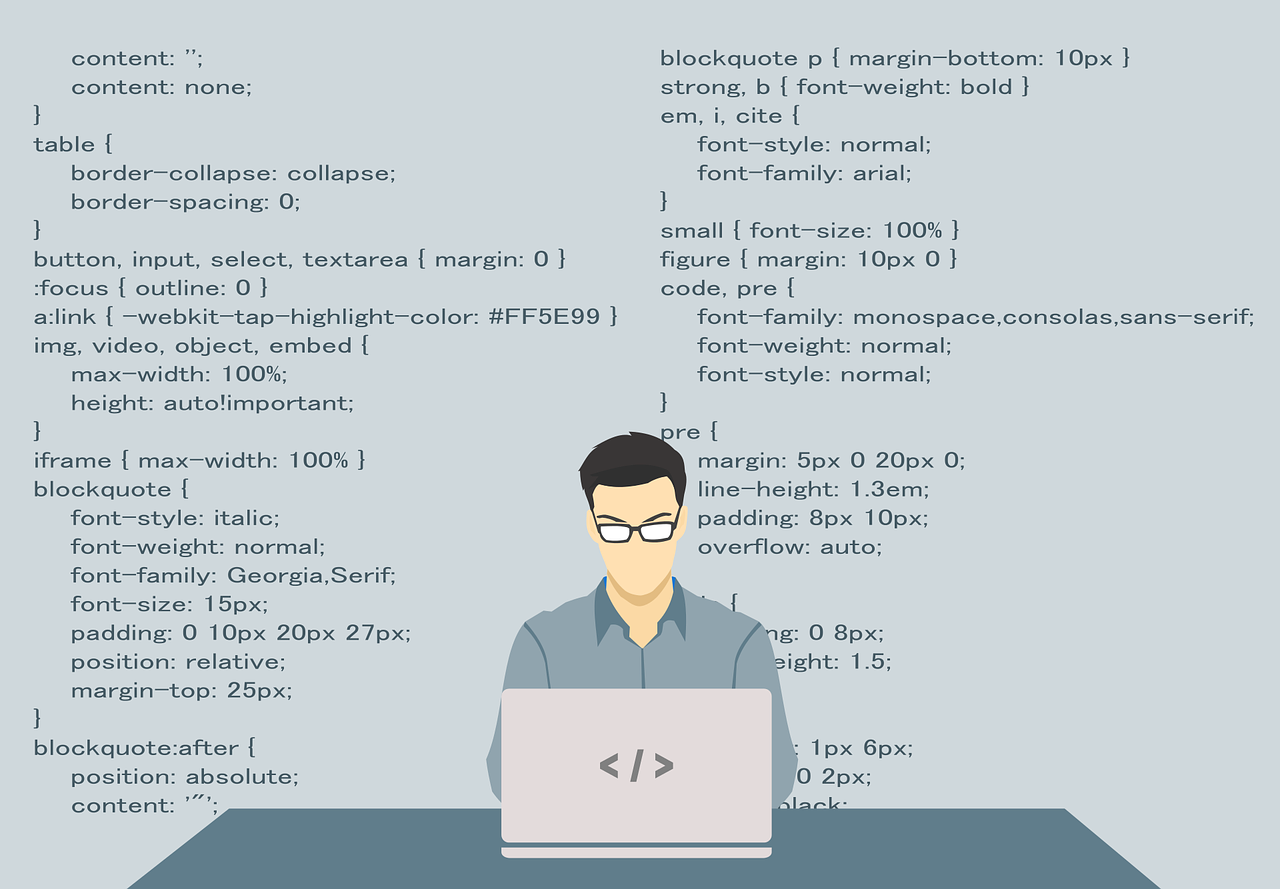There are today several hundred programming languages used in different contexts. However, some of the programming languages are virtually extinct today and have been replaced by more efficient programming languages.
But some programming languages have survived the test of time and have been used extensively since the 50s and 60s, such as COBOL and BASIC. Especially BASIC (in the variant Visual Basic) is very common even today.
Below, we list some of the most used programming languages today:
BASIC
BASIC is a programming language that was created already in the ’60s, with the aim of being a simple language for beginners. BASIC is an abbreviation for Beginner’s All-purpose Symbolic Instruction Code and is still used today on a large scale, mainly in the Visual Basic variant, which is a common language when creating Windows applications or ASP.NET-based web applications.
C
C was created in the early ’70s and is a very widespread programming language that works on almost all platforms. An advantage of C is that it is very standardized so one and the same algorithm can usually be run without changes in all operating systems. Compiled program code that is based on C is usually very fast and memory-efficient, so C is very often used to create operating systems or other things at a low level.
C ++
C ++ is an object-oriented further development of C. In C ++, classes are a fundamental cornerstone of all program code and few lines are usually written in C ++ without including classes in one form or another. A big advantage of C ++ is that program code written in C usually works without the slightest change even in C ++, as long as you have organized the C code in a good way.
C #
C # is a further development of C ++, but has also borrowed a lot from the programming language Java. C # is probably the most common language today when programming applications for the .NET framework. C # can be used to develop applications for both desktops and web servers (which the user interacts with via a web browser).
COBOL
COBOL is probably the oldest programming language still used today on a larger scale. The programming language was created as early as 1959 and is mainly used for business purposes such as personnel administration, financial services, order management and various production systems. COBOL is an abbreviation for Common Business Oriented Language.
Java
Java is an object-oriented programming language designed by Sun Microsystems employees in the early 1990s. When Java was created, some of the main goals of the language were to be object-oriented, simple, robust, secure, portable, and platform-independent.
JavaScript
Javascript is a weakly typed scripting language that is primarily used for client-side code execution in web applications. It is also common for simple HTML pages to have JavaScript code included in the page to perform certain simple operations.
Pascal
Pascal is a programming language created in 1970 and named after the physicist Blaise Pascal. For a period, Pascal was a very popular programming language and was widely used in both schools and in the application programming of application programs. Especially Turbo Pascal, created by the company Borland, was very popular and used by many. Turbo Pascal’s successor Delphi, which is an object-oriented version of Turbo Pascal, was also very popular for a long time. Today, Delphi and Pascal are no longer used to the same extent.
Perl
Perl is a very flexible scripting language created in 1987 by Larry Wall. Perl supports the implementation of programs procedurally and object-oriented, and also supports functional programming to a certain extent.
PHP
PHP is a common scripting language that is often used in web contexts and then usually to run program code on web servers. PHP is often used to create websites with dynamic content, ie sites where the page’s content adapts to the user.
Python
Python is a programming language developed in the ’80s and actually got its name from Monty Python! The programming language supports object orientation and functional programming.
Ruby
Ruby is a relatively new programming language developed in Japan. The language is object-oriented and has been created to be as intuitive as possible.
